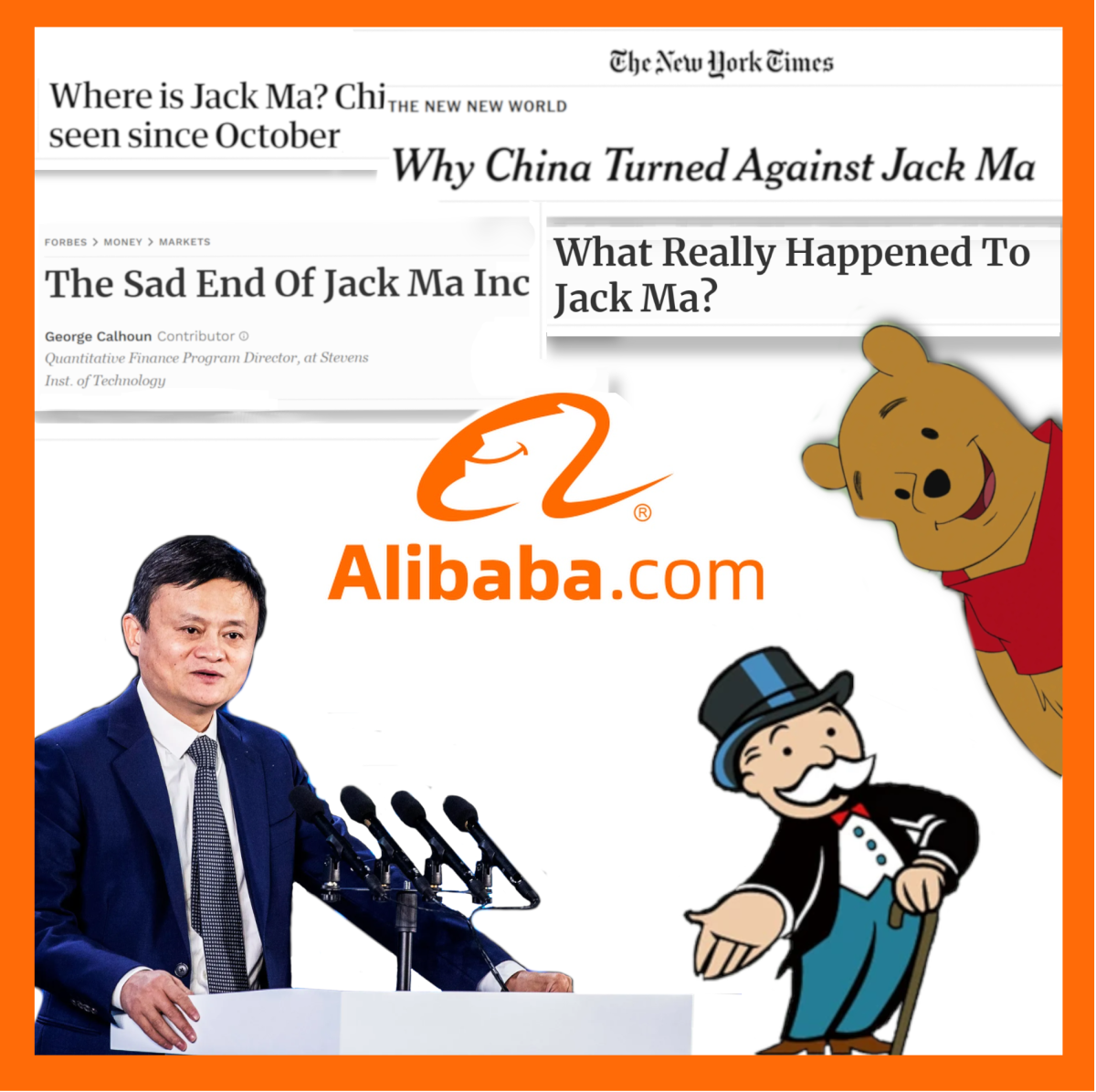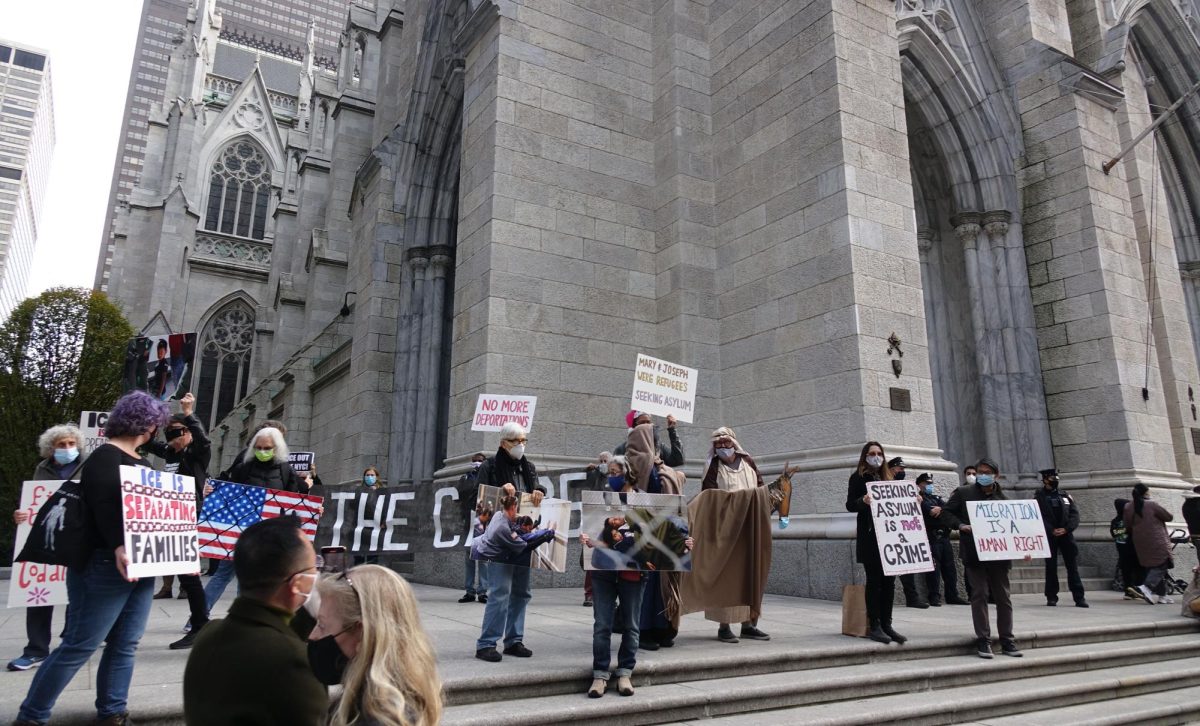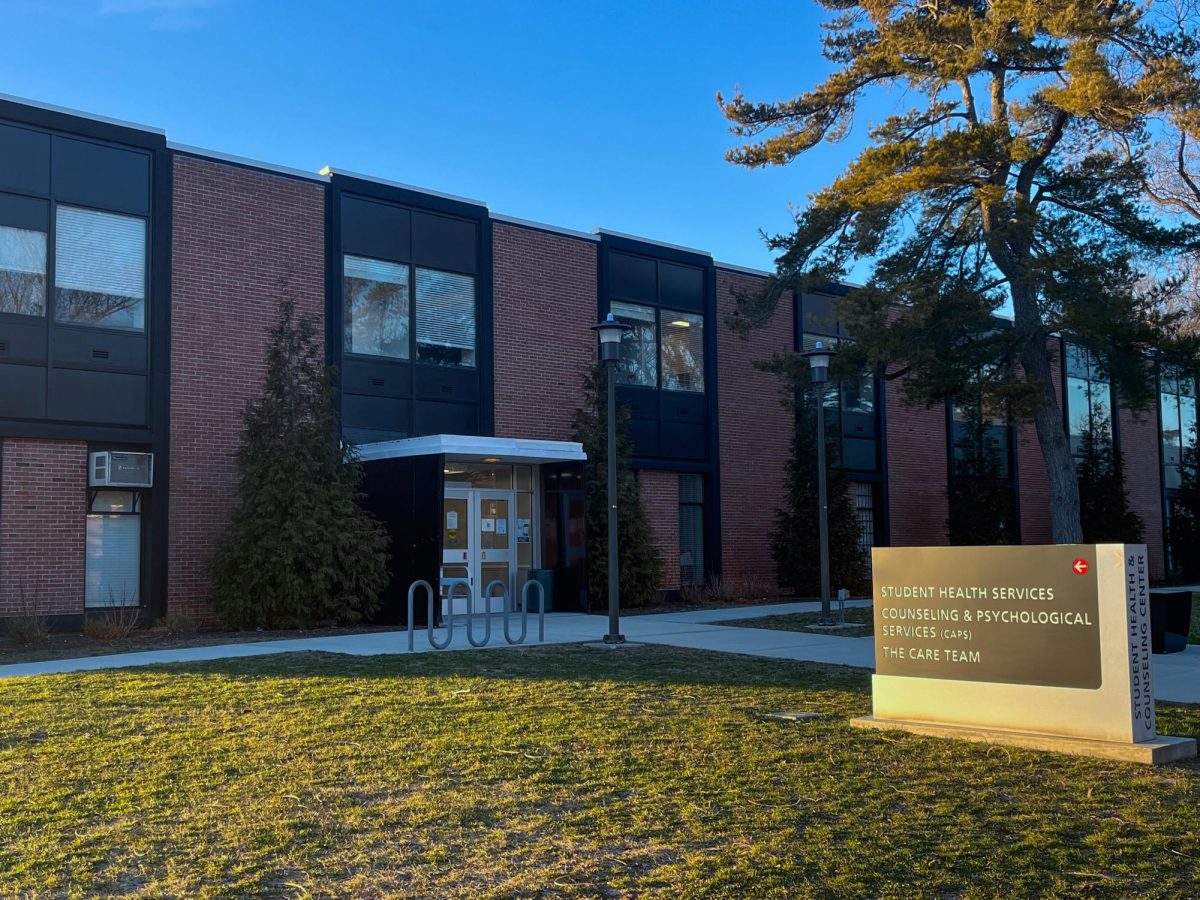
A 10-year period of continuous expansion of the U.S. economy began in 2008, as part of a broader global economic expansion. The stock market rose nearly 300% and New York state coffers were filled with finance industry dollars. State allocations to the State University of New York (SUNY) remained relatively stable, despite large declines in support for state universities across the country. Student enrollment at Stony Brook increased steadily and the university received historically large philanthropic donations. These can be fairly described as unusually favorable economic conditions, yet we apparently went broke.
What went wrong?
From the perspective of many long-serving faculty, the primary cause of the chronic financial problems within the university is quite clear: incentives for upper management are poorly aligned with the long-term best interests of the institution and have been for some time. The high-profile projects that, at least in principle, get upper management new and more prestigious jobs elsewhere are exactly the same projects that have been steadily bankrupting the university.
To give one example, there was no pressing institutional need to develop Division I sports at Stony Brook University (SBU). The local area was already over-endowed with professional teams competing for the sports entertainment dollar and it was well known at the time that Division I sports are a net financial drag on all but a select few universities. Football has proven particularly problematic with football-induced brain damage (chronic traumatic encephalopathy [CTE]) creating a moral, legal and financial hazard. Yet, we now have Division I sports and a large stadium to support despite lacking the funds to sustain core academic programs. Over subsequent years many of these “initiatives” have been more or less egregiously out of alignment with the university’s actual needs.
Stony Brook is the spiritual successor to City College of the 1950s and this is a role that we should embrace with pride. During the middle of the last century, City College provided an elevator for the advancement of the poor and working class of New York City, while also creating an outstanding academic environment. Stony Brook comes closest to that ideal among the NY state universities and we should build on that role, rather than reach for other unattainable goals. If our finances are managed appropriately, we can be both academically outstanding and a significant engine of social mobility. Unfortunately, over the last two decades, a cultural cringe has plagued SBU’s development as one administrator after another has attempted to remake us in the image of other universities. Many of these other universities are not models to emulate; they are cogs in a corrupt and broken system. Most of them are driving up tuition costs much faster than the rate of inflation, making a good education unattainable for an increasing fraction of citizens. And, as the recent admissions scandal has shown, the big brand name private universities are, in some ways, just as corrupt as the Church before the Reformation. Compared to these places, Stony Brook is “the shining city on the hill” — a relative refuge of egalitarianism and student scholarship.
We do honest work. I have taught students who worked two jobs to be the first in their families to finish college, students who overcame intergenerational drug addiction to attend medical school and students who simply worked their butts off to fulfill academic and professional ambitions. This is the “American dream” in action. Our students want the best possible faculty to give them a leg up in an economic system that appears to have become increasingly rigged against them.
The continuing financial crisis within our university puts our mission at considerable risk. In particular, we risk losing a generation of young faculty who have been rattled by SBU’s constant financial problems. Sending notices of nonrenewal to young tenure track faculty during the reorganization of some of the College of Arts and Sciences departments was unconscionably stupid. However, the refusal to resolve the structural budget deficits has also contributed to the creation of considerable doubt in the minds of younger faculty about the governance and future of the university. The focus of management on faculty attrition to resolve the crisis has been unhelpful. We have lost outstanding colleagues, some of whom moved to lesser institutions simply to escape the chaos. Upper management does not seem to fully grasp how corrosive this has been on faculty morale and how this undermines the university as a whole.
To right our ship, two things need to change. First, we have to return to the fiscally conservative policies of the Marburger Era, when the primary focus of the administration was to support and advance academic research as well as improve the quality of education. Second, financial power has to devolve from the administration back to the department heads. While individual department heads are certainly capable of making poor financial decisions, it is unlikely that they would collectively create a situation where we have multiple half-populated buildings and rock bottom faculty morale.
Ultimately, we need sympathetic leadership — leadership that genuinely understands what is already valuable about SBU. Leadership that doesn’t try to remold us into something that we can and should never be. In the future, we should look for leaders who understand and value our culture, and we should make a firmer case to reject efforts to change that culture. The future of the country depends critically on developing a more egalitarian educational system that maximizes all talents, provides a rigorous world class education and doesn’t leave students with crippling debt. Stony Brook University plays an important part in that future.












